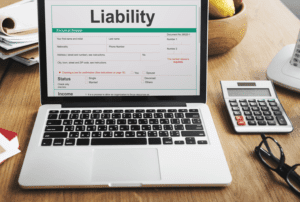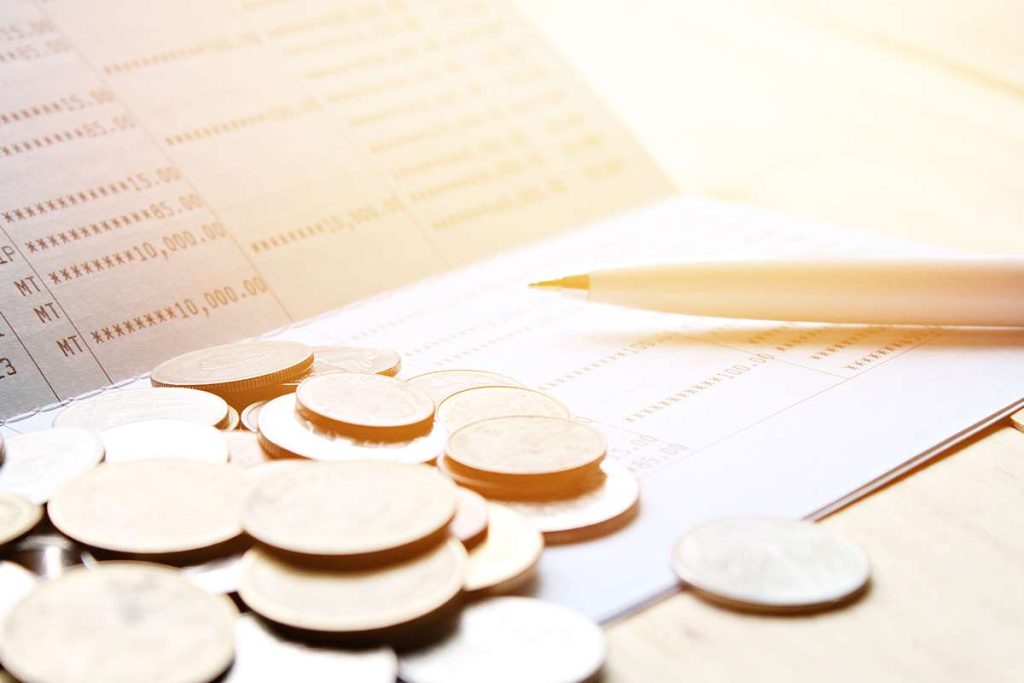
A bank deposit slip is a printed form provided by banks that allows customers to deposit money into their accounts. It includes fields for essential information such as the account holder’s name, account number, date, and the amount being deposited, with sections for cash and checks. Deposit slips serve as records of transactions and deposit slip help ensure accurate processing by the bank.

How do you read the account number on a check?
- This timing impacts financial reporting, particularly for companies reconciling transactions or meeting accounting deadlines.
- In today’s digital age, the need for deposit slips seems to be dwindling as modern technology brings new conveniences to banking transactions.
- Remember, while ATMs and mobile banking have made deposits more convenient, there are still occasions where a traditional deposit slip is required or preferred.
- And if you want a broader look at your options, compare checking accounts with multiple providers.
- Therefore, it’s always a good idea to refer to the specific instructions or guidelines provided by your bank.
Mistakes in the bank name, branch address, or account number can result in the deposit being credited to the wrong account. Take your time and verify the information before moving on to the next step. Providing correct information ensures that your deposit is accurately recorded and saves you time and potential complications in the future. Many banks allow customers to deposit cheques online or by using your mobile banking app.

Steps to Fill Out a Deposit Slip

If you want to stay organized, you can also put the cash in an envelope, and the bank teller will take it from there. The Finder Score crunches over 300 checking accounts from hundreds of financial institutions. It takes into account the product’s monthly fees, overdraft fees, opening deposit, customer support options, ATM network and features — this gives you a simple score out of 10.
- You may be able to get more when you deposit a cashier’s check or USPS money order.
- Double-check the account number and amounts before handing the slip to the teller.
- Learn the correct way to fill out a deposit slip to ensure your trip to the bank is quick, easy and your money is accurately deposited into your account.
- However, it is also essential to list each check individually and record the check number and the amount of each check.
- First, check the back of your checkbook, where deposit slips are often included as part of the booklet.
How do I find my account number for Woodforest Bank?
Many people, however, notice a difference between the routing number on their checks and the one Bookkeeping for Consultants found on deposit slips. A deposit slip — sometimes also known as a deposit ticket — is a form printed on paper that allows account holders to deposit cash or checks into their bank or credit union accounts. Typically, deposit slips include fields to enter information such as your name, account number, the numbers of any deposited checks, deposit amount, and transaction date. Deposit slips are often a basic part of banking, but you may not know how to use them in this era of online financial accounts.
- It allows you to track and reconcile your deposits with your account statements, helping you maintain an accurate financial overview.
- This will help ensure that the funds are properly credited to your account.
- Whether it’s a deposit slip or another digital form from your bank, when you create signatures electronically, be sure to use a secure e-signature tool for protection and ease.
- The box on the far right is for the decimal (or cents) portion, and the next box to the left is for the dollar amount.
- If submitting your deposit to an ATM, be sure to include the deposit slip, along with all of the cash and checks listed on it, in a sealed envelope.
Take your time to verify the calculations to ensure that the cash balance sheet totals are correctly recorded on the deposit slip. While digital banking continues to rise in popularity, the deposit slip remains a fundamental tool in personal finance. It’s a simple yet powerful way to keep track of your financial transactions and ensure that your financial journey is well-documented and secure. Banks often require depositors to verify the subtotal before proceeding, reducing the risk of miscalculations. Some financial institutions provide automated check-scanning machines at teller counters that instantly total deposited checks, helping to eliminate manual errors. Using separate routing numbers for deposits enhances operational efficiency.
